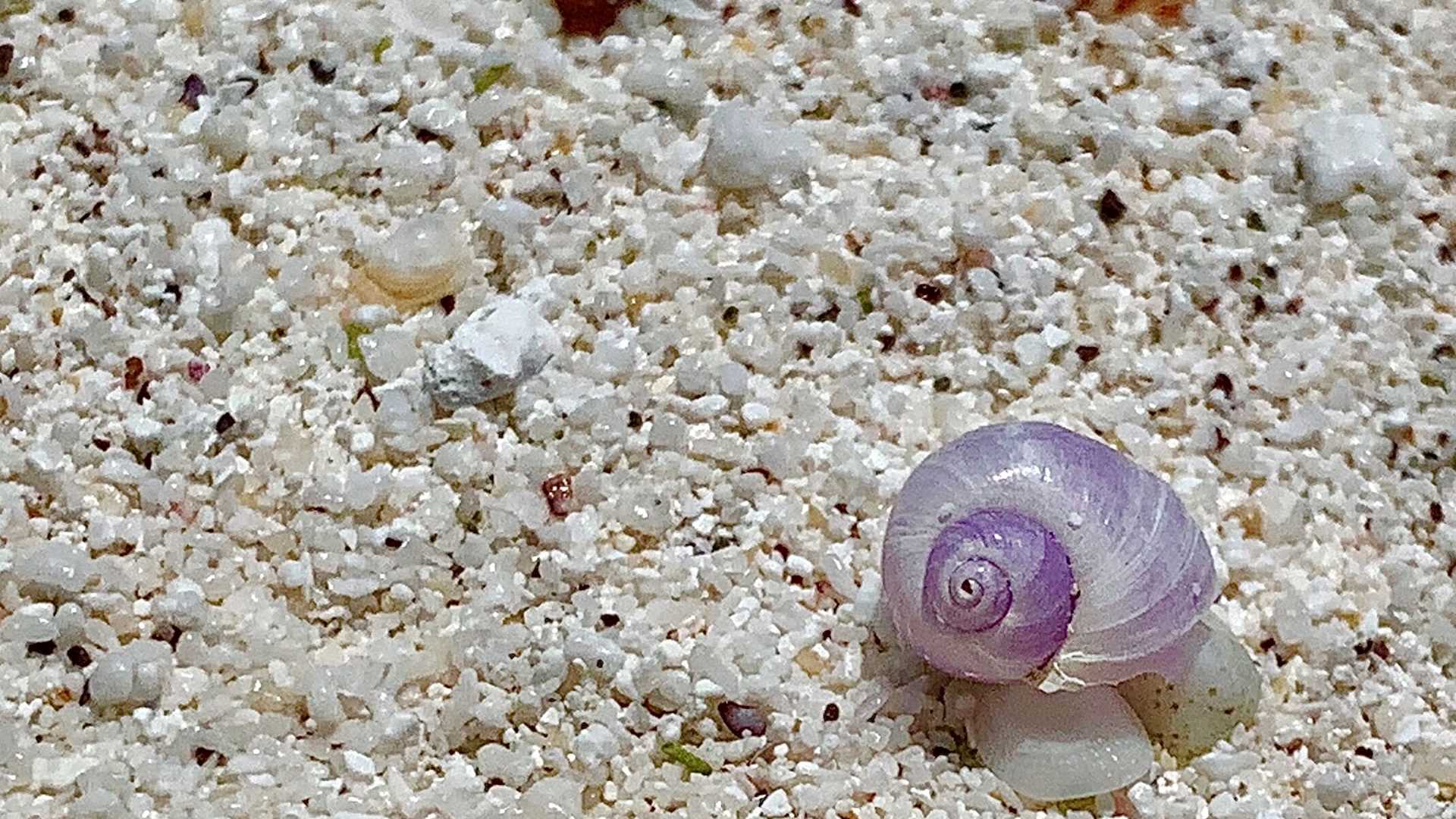Our first journey into the Galapagos National Park brought us to Española Island, one of the oldest islands in the archipelago with an incredible diversity of life. Turquoise waters surround the small satellite islands of Española, and we explored a fine coralline sand beach with resident Galapagos sea lions and Española mockingbirds flitting about. While snorkeling, we caught glimpses of Pacific green sea turtles, diamond stingrays, and young Galapagos sea lion pups. It was a great view of the undersea world. During the afternoon, we made a short navigation and arrived at Suarez Point. While hiking, we got close to waved albatrosses, a majestic species that is only found on this island. Numerous albatrosses were seen floating offshore while Nazca boobies lined the southern cliffs of Española. Marine iguanas returned from foraging in the sea, and young sea lions played in the shallows as they awaited the return of their mothers. The sun dipped below the horizon as the last birds returned to their roosts on the coast.
6/13/2025
Read
National Geographic Endeavour II
Genovesa Island
We started the day with excitement as we landed on the beautiful, pristine coast of Isla Genovesa - a true birder’s dream. Along the sandy beaches and steep cliffs of Darwin Bay, we were surrounded by an incredible array of birdlife. Frigatebirds soared closely overhead with their red pouches on full display, while Nazca and blue-footed boobies nested along the rocky ledges. Swallow-tailed gulls called out as we walked past. In the distance, we saw the stoic and elusive short-eared owl. The island was alive with color, sound, and constant movement. Between our excursions to Isla Genovesa, we snorkeled near Prince Philip’s Steps and discovered a vibrant world beneath the waves. Schools of fish swirled around us, a fur seal turned in the water as if dancing on cue, and sea lions relaxed nearby. As our last snorkeling adventure came to a close, we spotted a sea turtle resting calmly in a crevice. As the sun retreated into the sky on our last return to National Geographic Endeavor II, we reflected on the sheer magnitude of what we witnessed on our last full day. Isla Genovesa, like the other islands, gave us a connection to a sacred world. The harmony between land, sea, and sky reminded us how deeply interconnected, vital, and fragile these ecosystems are. Watching birds tend to their nests and marine life swim effortlessly, we were struck by how little space there is between wonder and reverence. We recognized that our journey wasn’t just about observing unique wildlife, it was about feeling part of something grander and beautifully ancient.







